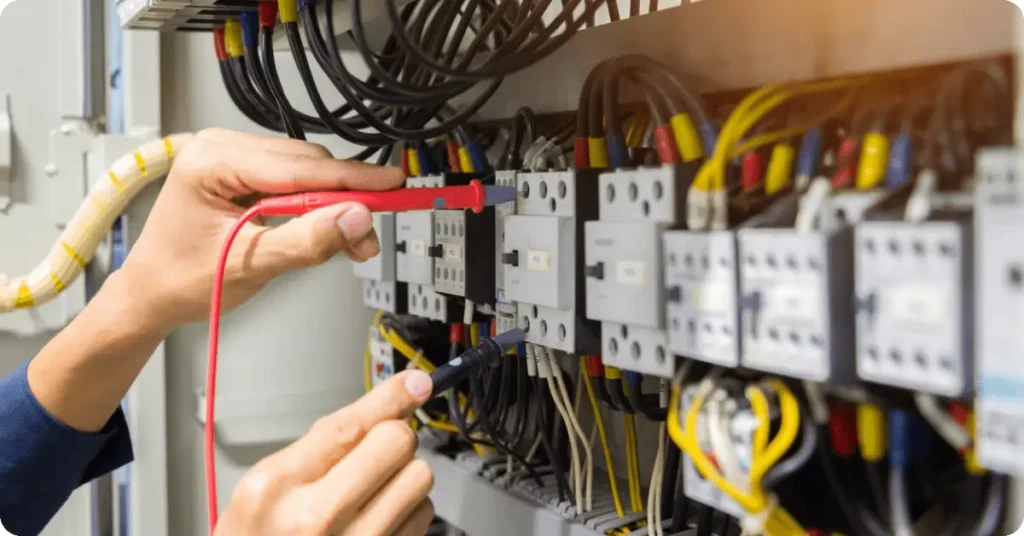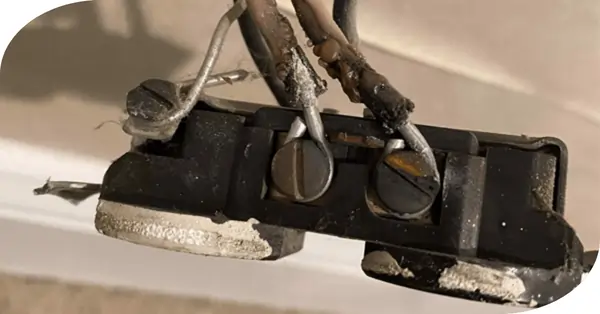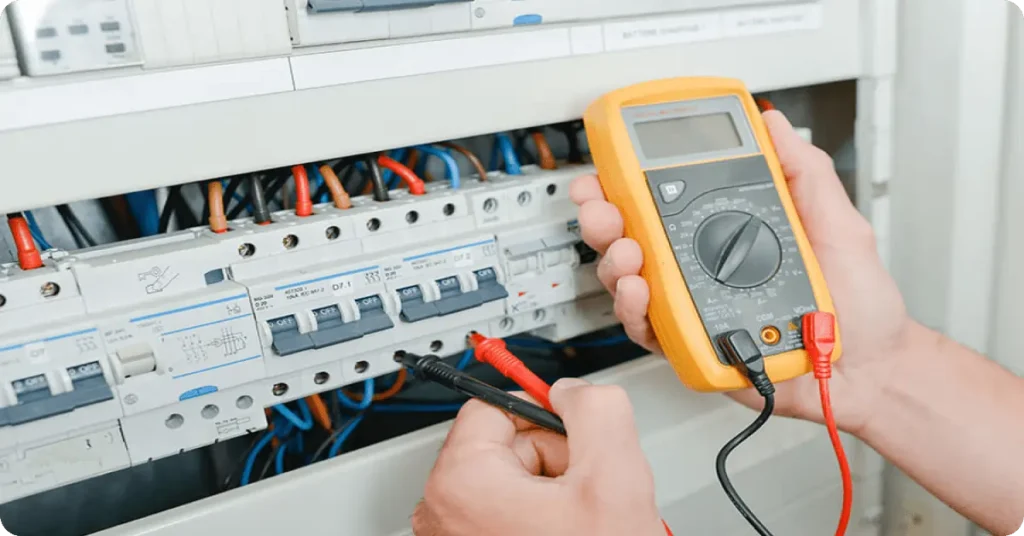This guide will explain electrical components in homes to new homeowners or anyone else not familiar with some of the devices, names, ideas, and concepts relating to the entire electrical system of your home. Some of the things I will discuss may be obvious to some but I think there is something for everyone short of an experienced electrician. If there’s something I missed, please contact me and I’ll add it asap! Let’s get started with how power comes to your home and then we’ll break it down after that:
1. Electrical Service and Components
The Electrical Service is what brings electricity into your home from the utility company that produces the electricity. It can be overhead or underground (see pictures). In most states, you as the homeowner own the electrical service from the point where the utility connects to it. Your service consists of an electrical meter (how the utility tracks usage to bill you), and the service and feeder conductors. It goes like this: Powerplant → Transmission lines → Transformer → Utility Service → Home Service Conductors → Meter → Feeder Conductors → Electrical Panel.
Electrical services come in different shapes and sizes depending on what you may be using, most common today are 200A services which are more than adequate for the vast majority of homes. Here are some examples:
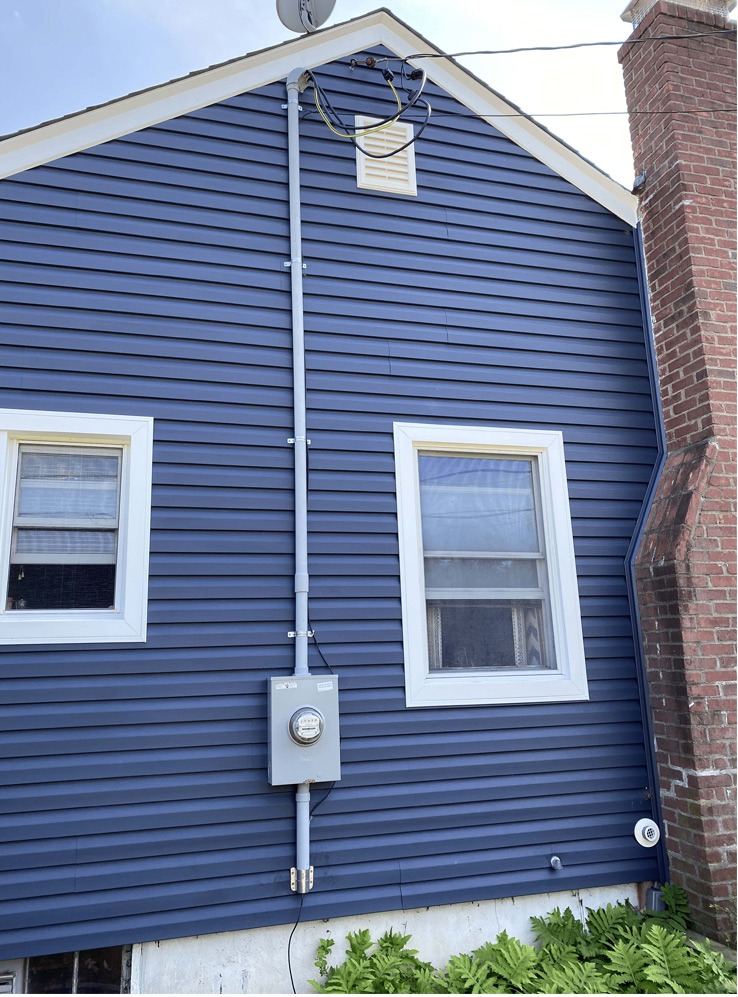
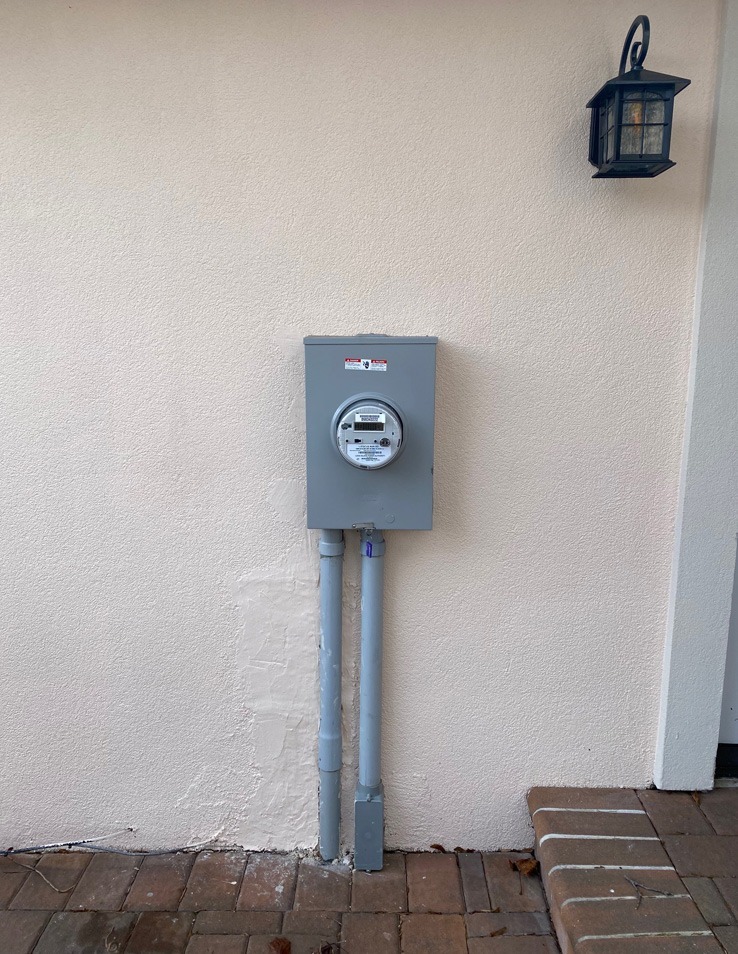
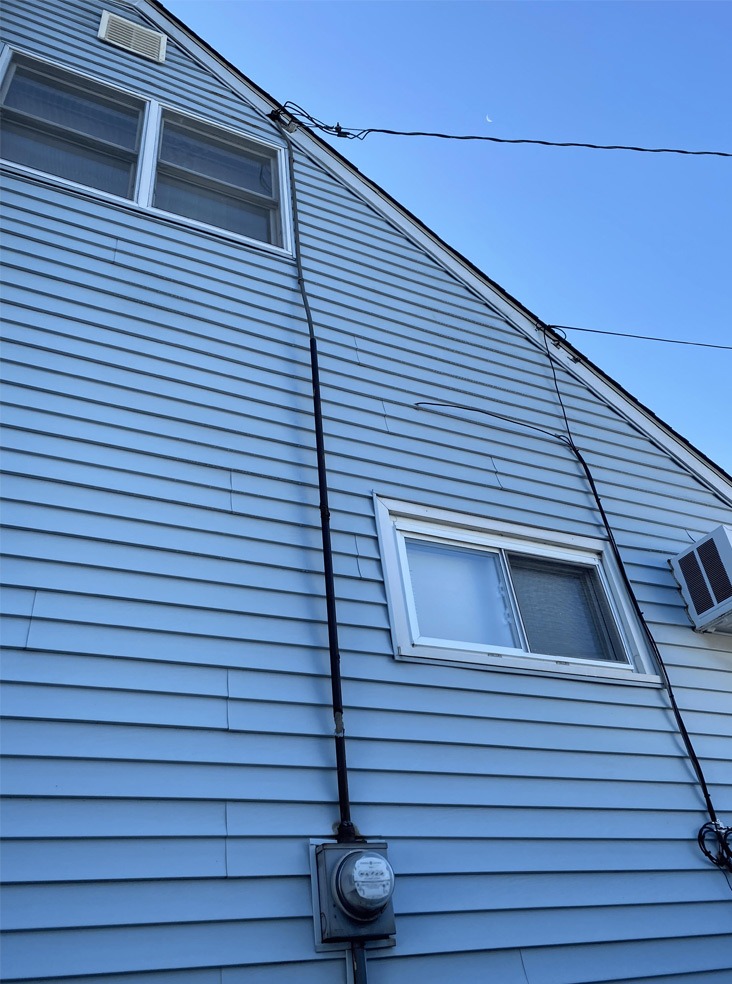
2. Electrical Panel
Your electrical panel consists of a main breaker which is fed from your electrical service (see above). The “panel” as it’s commonly called is what houses the Circuit Breakers that send power out to branch circuits to power everything in your home from the receptacle your phone charger is plugged into all the way to your electric range. Think of the panel as a distribution center. Electrical panels used to come in a variety of shapes and sizes but today they are relatively standardized. If your electrical panel has push in circuit breakers, breakers with red handles, twist in fuses, or anything else that doesn’t resemble these pictures, I’d highly recommend having an electrician take a look. Feel free to send us pictures for our opinion as well.
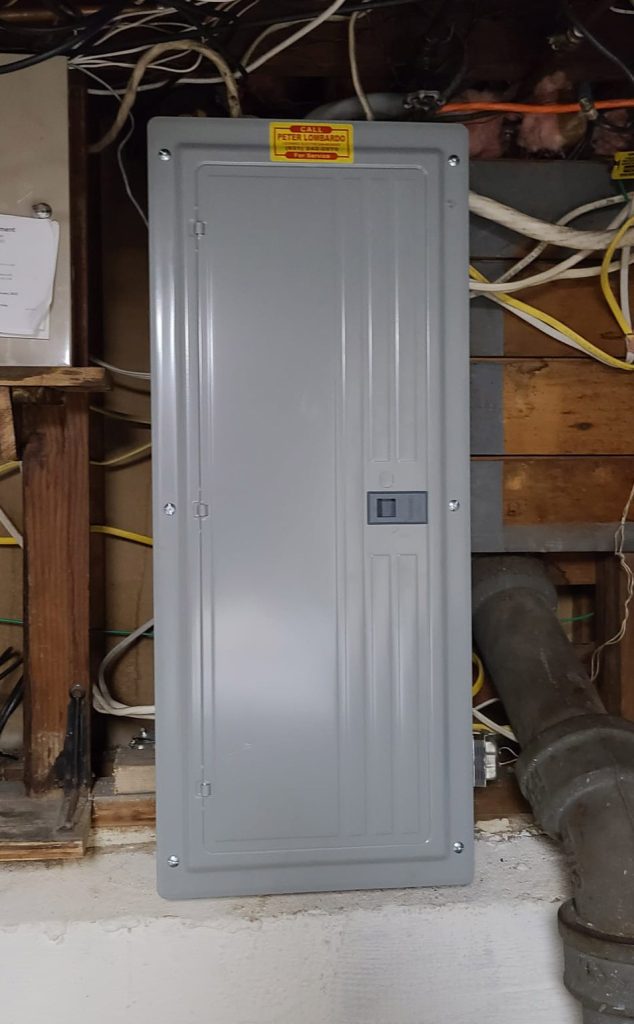

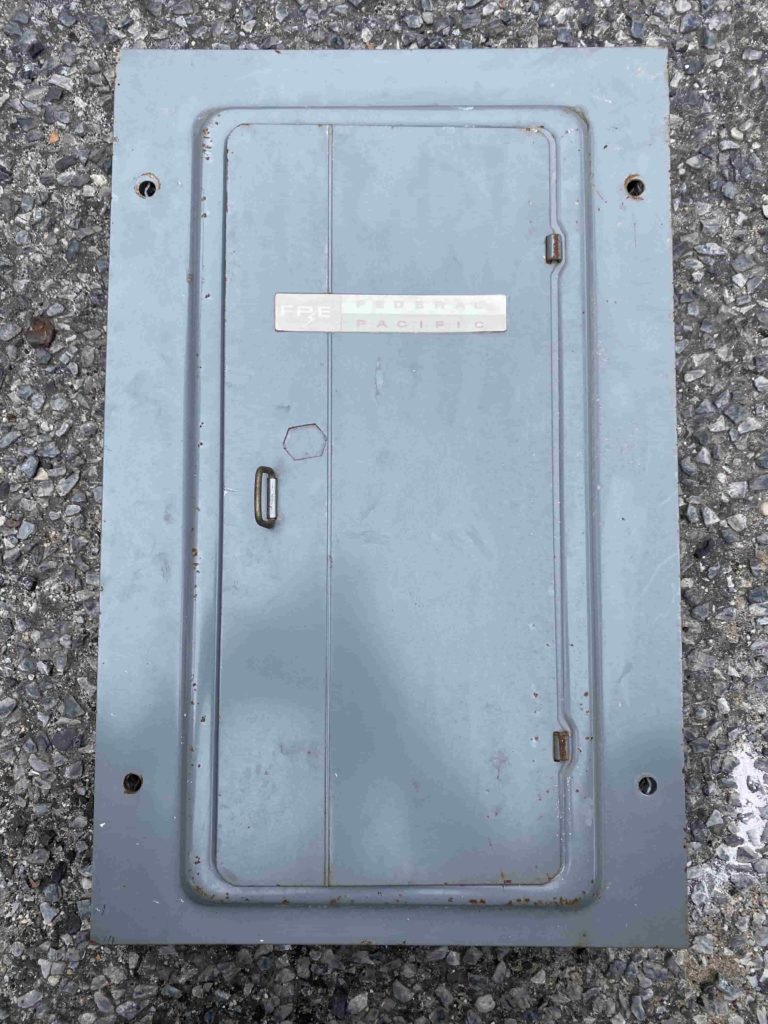
3. Circuit Breakers
The circuit breakers, in addition to distributing power to the many circuits throughout the home, exist and are to be installed to PROTECT the wiring system and devices in the event of an overload. The rating of a circuit breaker (in amperage, ex: 15A, 20A, 30A, etc.) ALWAYS needs to correspond to the wire size that it is protecting. Circuit breakers are very important devices. Sometimes you may trip a breaker from an overload and will need to reset it. Always turn the circuit breaker in question OFF before attempting to turn it back ON (link to article here) because sometimes the internal mechanism will remain tripped (keeping power off) while the handle stays in the ON position or in the middle. Again, if your breakers are not the type that move side to side, contact an electrician or us for more information.

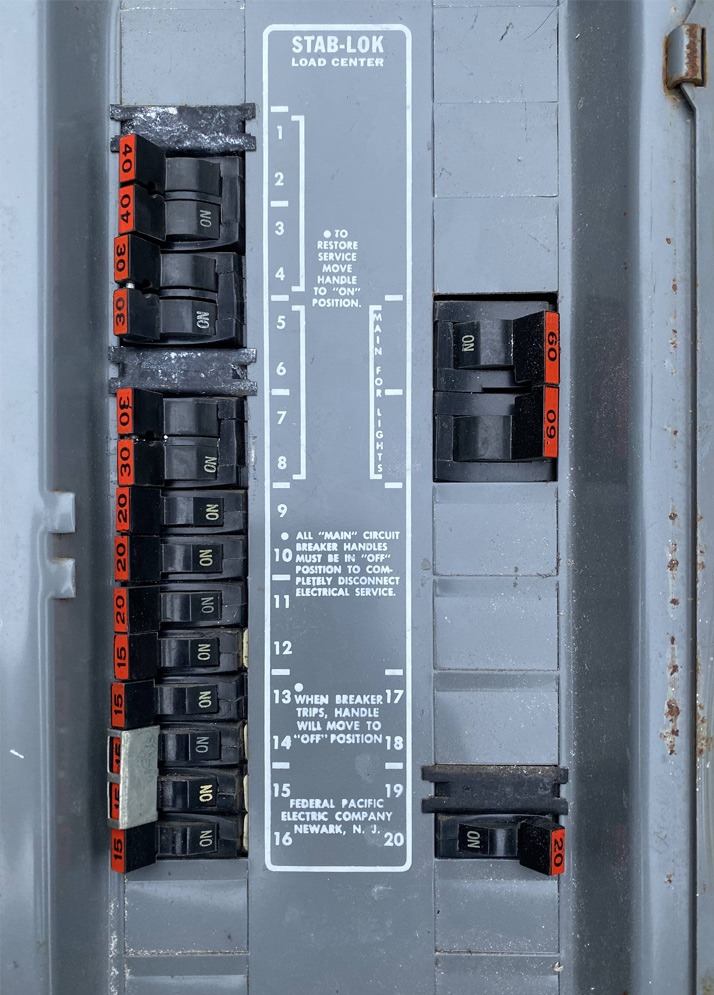
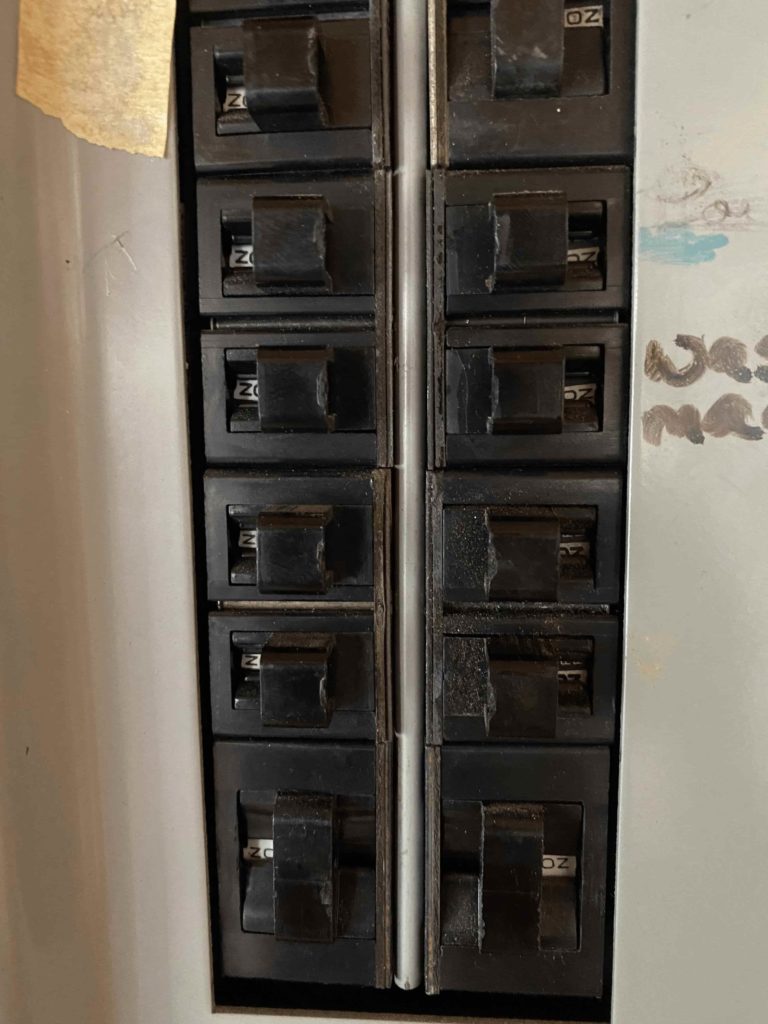
4. Cables & Wiring
The vast majority of the wiring in your home will be in the walls and in places you can not see. In most homes the wiring is of the non metallic type, over the years it has come in many varieties. Some homes were wired with metal clad cable, again over time there have been many variants. Most non metallic cable is marked with the size and how many conductors are present inside of it. You shouldn’t need to touch or do anything with the actual wiring should you see it in the basement or any other open area. If you suspect something is wrong such as a chewed or frayed wire, call an electrician.
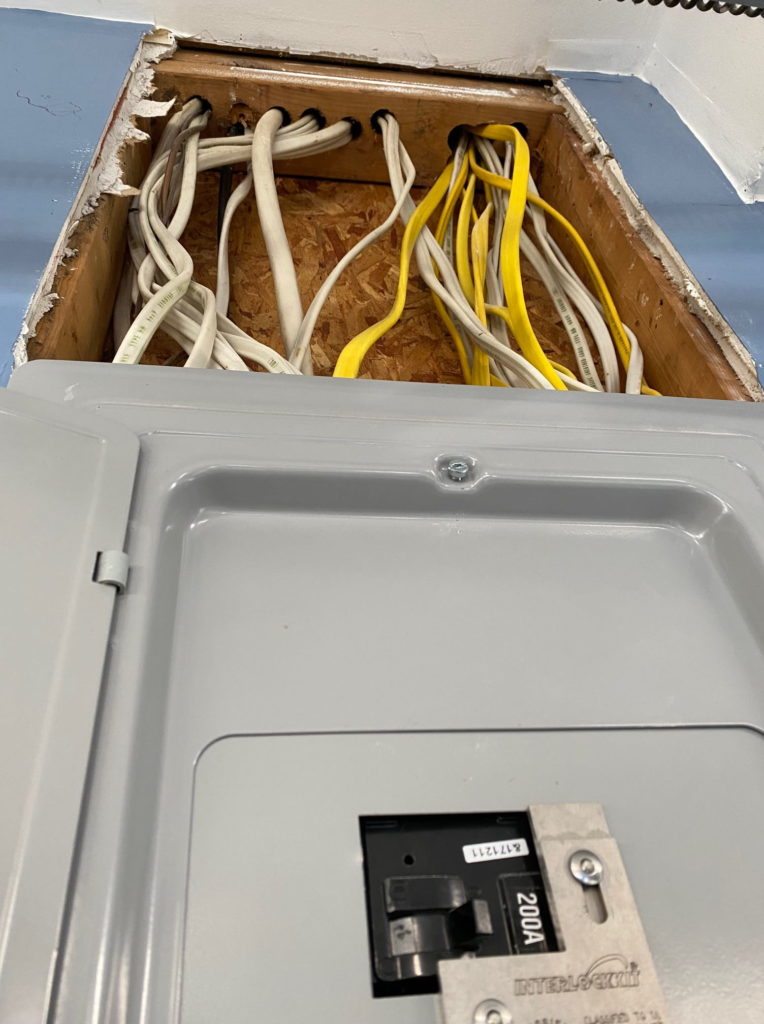
5. Receptacles
Receptacles, often called “outlets,” are what most people are familiar with with the home electric system. The most common types are the grounding type receptacle. All appliances today also need to be powered via a receptacle which means there are larger receptacles with different configurations (for your dryer if it is electric and for your range if it is electric). This comes up alot so let’s get it out of the way; If you have 2 prong receptacles, you typically can NOT simply replace that receptacle with a 3 prong receptacle to accommodate the plug you have (link to article here).
GFCI Receptacles: These receptacles provide ground fault protection, in short they’re supposed to prevent electrocution and are required in specific locations today. This is important! The receptacles in the following locations NEED to be GFCI protected: ALL kitchen countertop receptacles, ALL receptacles in bathrooms, ALL receptacles outdoors, ALL receptacles within 6’ of a sink, ALL receptacles in laundry areas, ALL receptacles within 6 feet of a shower stall or bathtub, ALL receptacles in unfinished basements and crawl spaces, and ALL receptacles in garages. I absolutely can not stress this enough, I don’t care when your home was built, if you don’t have GFCI protection in these areas, it needs to be addressed immediately.
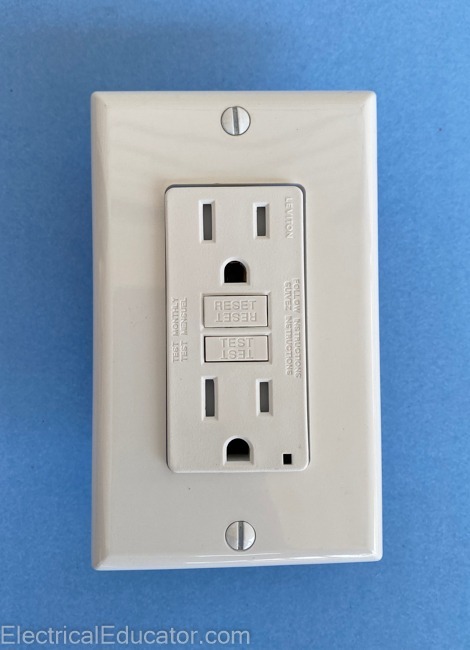
- Tamper Resistant Receptacles (Link coming soon to in depth article): These look like regular receptacles except for a provision that makes it difficult to insert anything that is not intended. Basically they’re made so children can not stick anything in to the receptacle and get hurt. As of the 2014 code, tamper resistant receptacles are now a requirement. They’re quite nice to avoid the need for the child safety plastic things, definitely something you would want to install if you have small children.
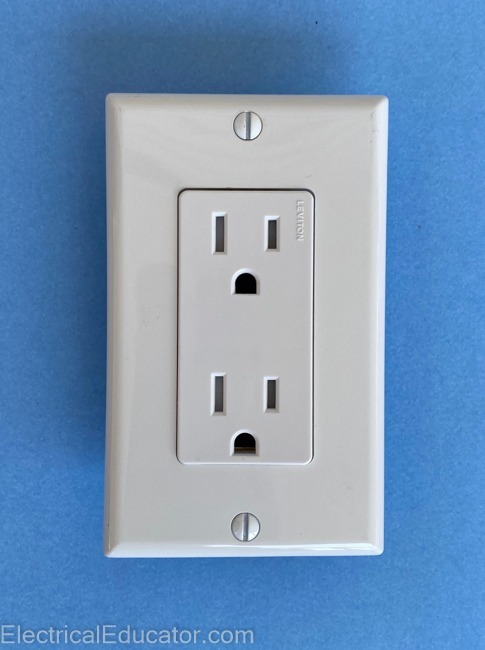
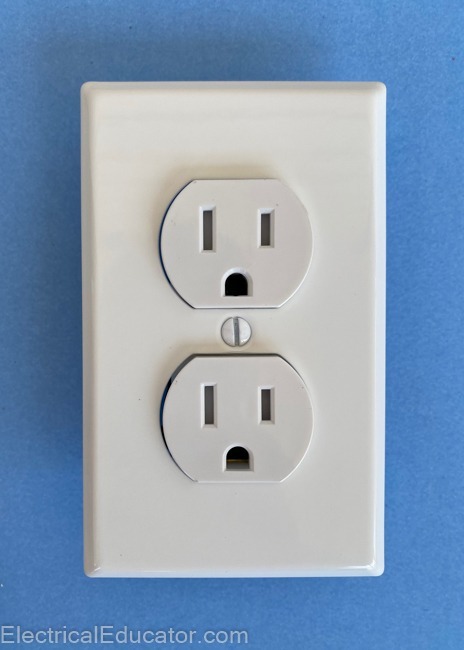
- Specialty Receptacles: There are other types of receptacles that are far less common to those who are not electricians. These are for electric stoves and ranges, electric dryers, 240v air conditioners, EV chargers, and other bigger appliances that require dedicated circuits in 240V. Some have integrated transformers and USB charging ports, and some are single receptacles for pool equipment.
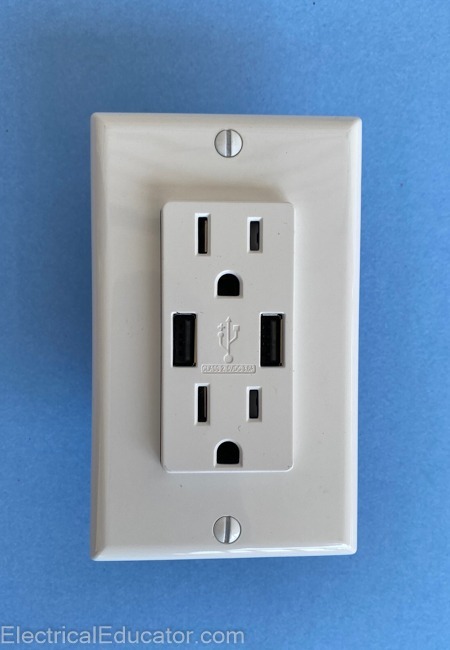
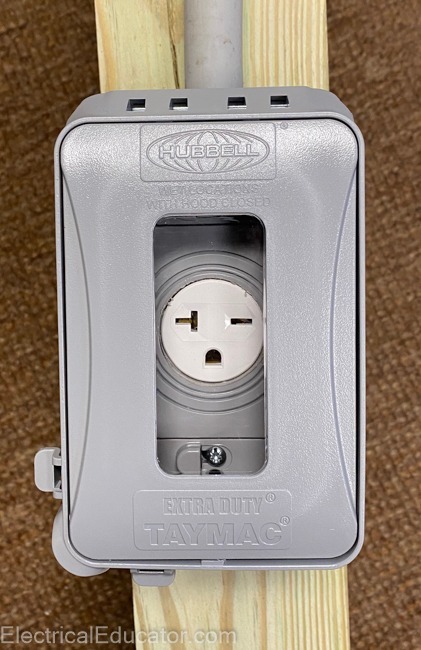
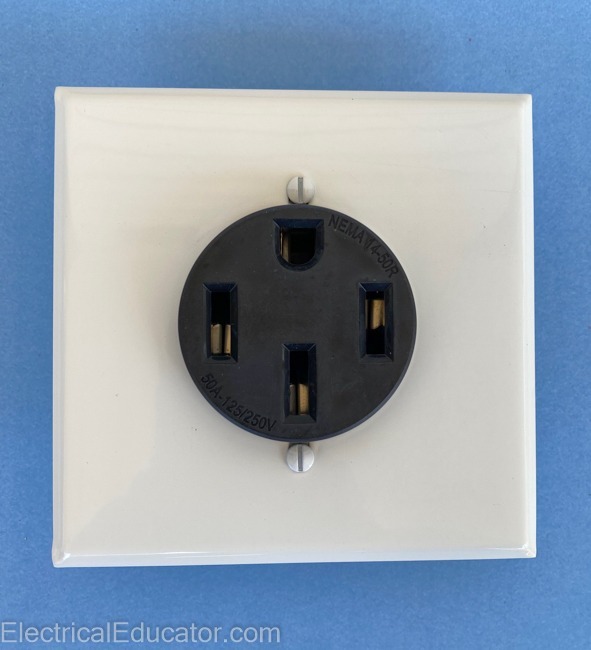
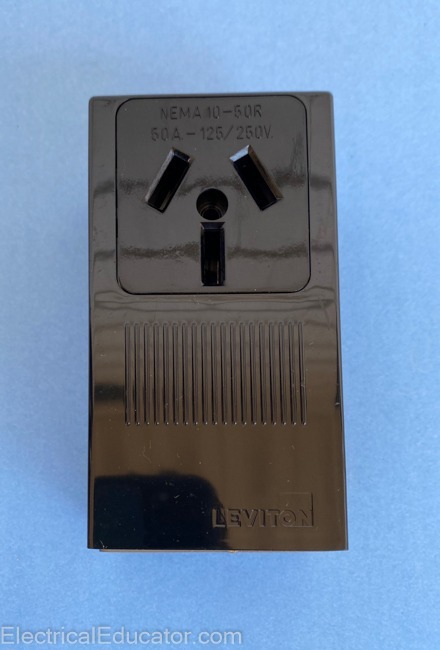
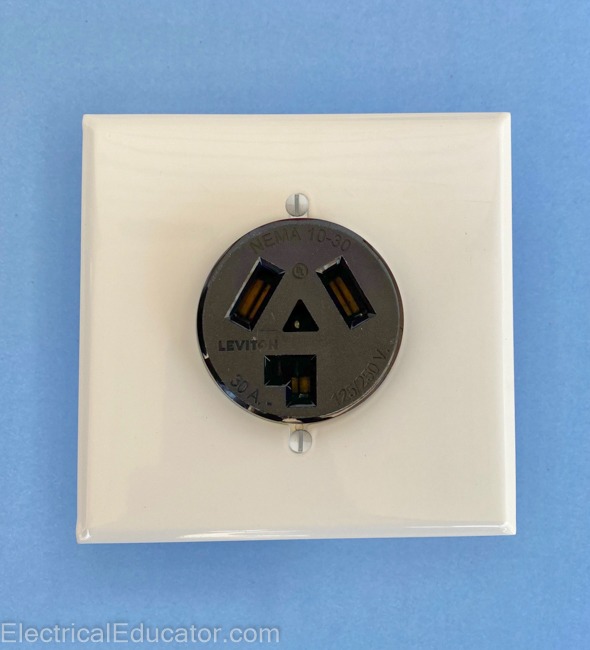
6. Switches
This may seem obvious to most but there are a few that we should discuss. There are styles of switches such as toggle, decorator, duplex (see pictures) and there are types. The types determine how they function where the style determines what they look like
Single pole switch: A switch that controls a light from one location is called a “single pole” switch (easy right? Single location means single pole switch). They come in all types such as toggle, decorator, etc. They also come as dimmers and remote dimmers.
Three-way switch: When there are 2 switches to control one light or set of lights, both switches are called “three-way” switches.
Dimmer switch: Modern dimmer switches are very efficient and are intended to dim the lights. The principles by which they work are a little bit sciency but the important part to remember is that if you’re trying to dim LED lights, make sure you have an LED dimmer.
Smart Switch: A switch that connects to other switches or a wifi bridge device wirelessly. (link to review of lutron here)
Tandem or Stack Switch: These have 2 switches that take up the space of one switch.
Lighted Switch: Most popular in the 90’s, these switches have very dim lights within them that illuminate when the switch is in the off position.
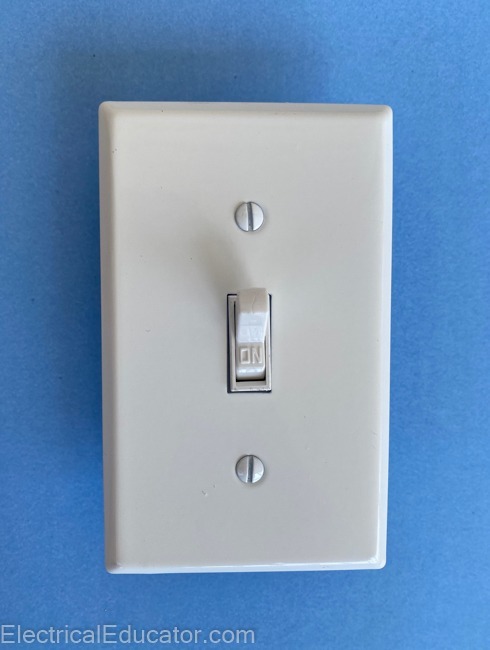
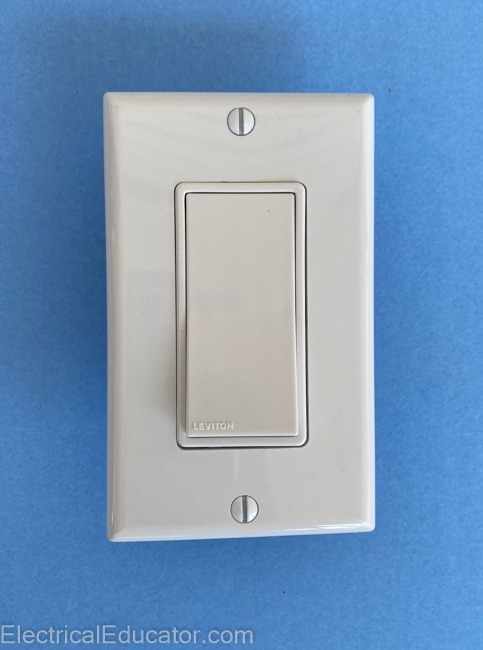
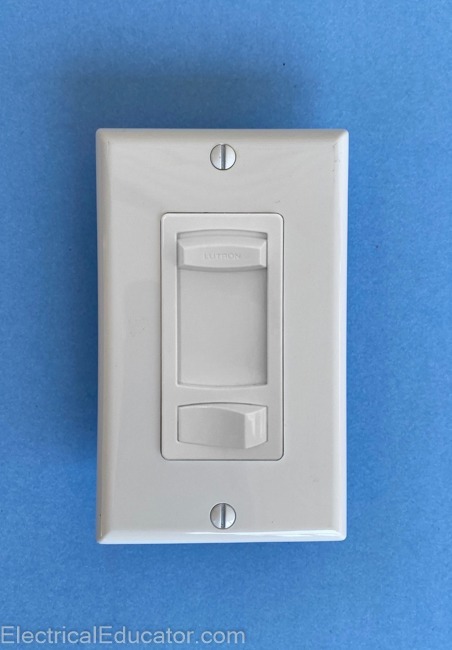


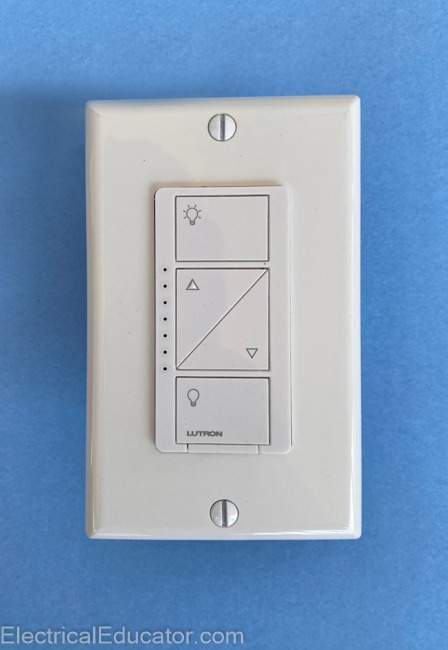

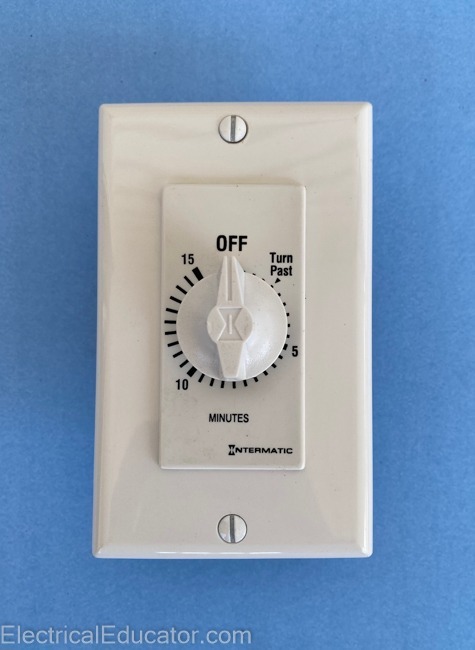
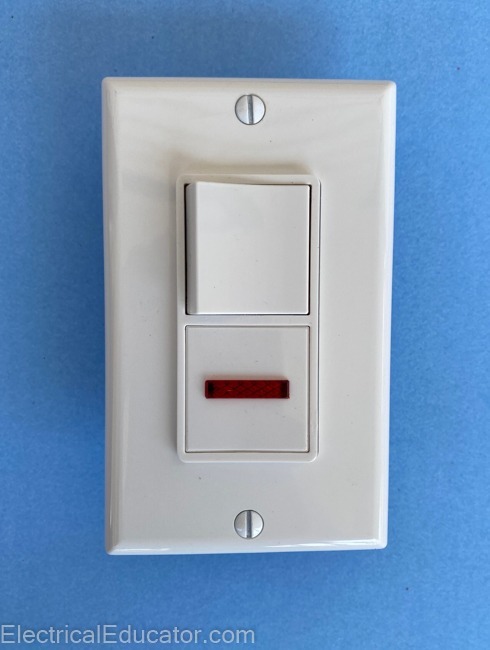
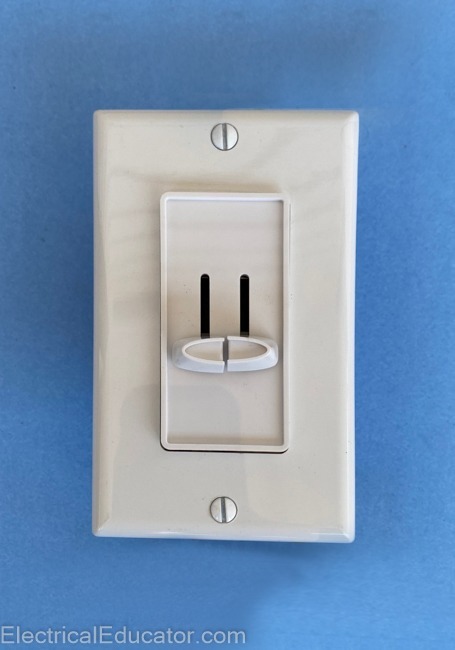
7. Lighting
Aside from switches and receptacles, I think most people are familiar with what lights are. What you need to know is this: Most lighting in a home is typically supplied by 120 volts. This is “line” voltage. The opposite, low voltage lighting, means that the input for the actual luminaire (the part that lights up) is between 0-26 Volts and a transformer is involved. The most common application for low voltage lighting in residential applications is outdoor lighting.
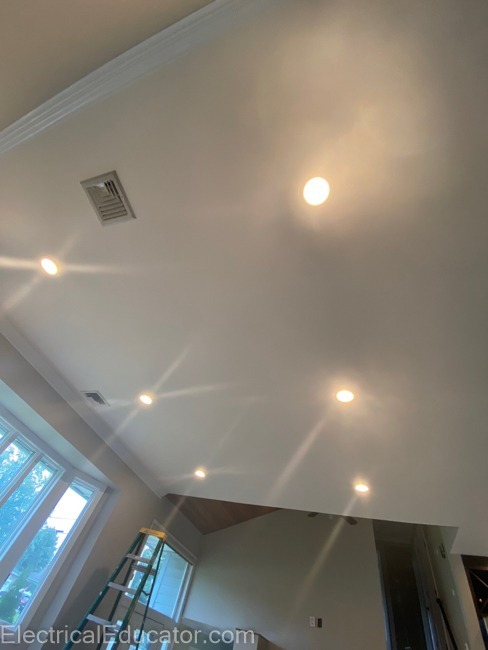
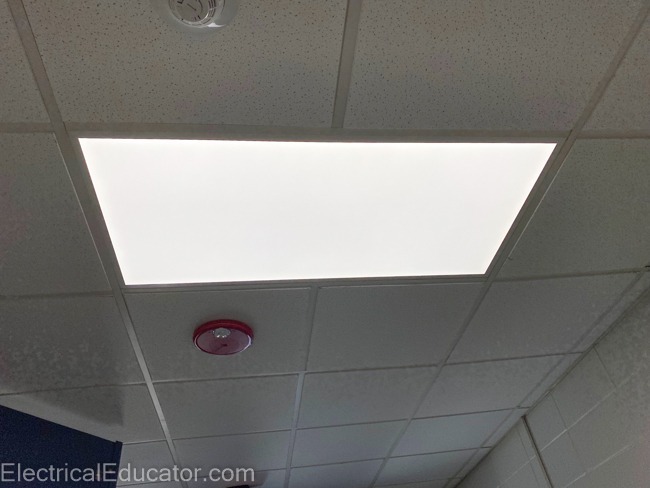

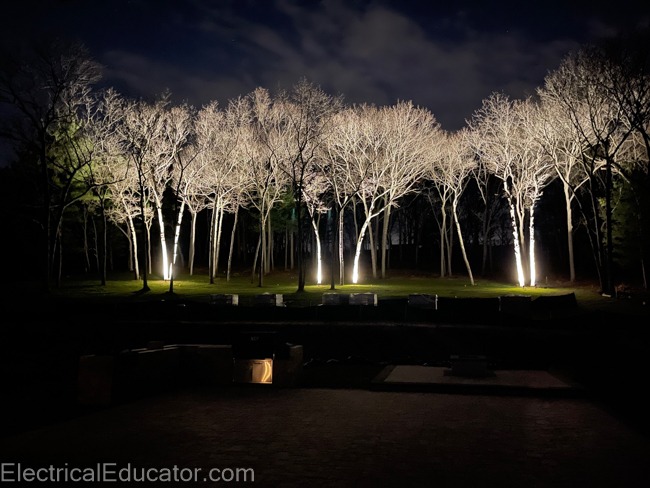
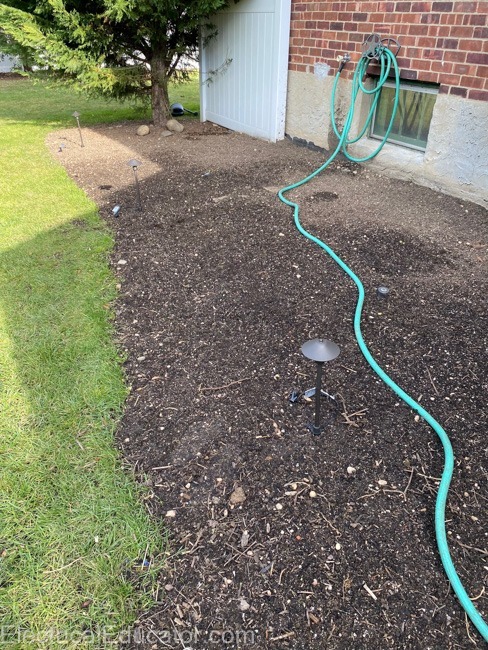
8. Generators
Generators come in two broad types. Click here for a much more detailed article on generators.
Automatic Standby Generator: An automatic standby generator typically runs off of natural gas or propane and automatically goes on when there is a power outage. The downtime is literally seconds. These systems are more costly than the portable units and installations.
Portable Generator: A portable generator is usually smaller and needs to be manually moved outside, plugged into an inlet, filled with gasoline or connected to propane/natural gas, started, and a manual transfer device operated to work properly. These units are much less expensive but require some work on the part of you as a homeowner. Both setups have their pros and cons.

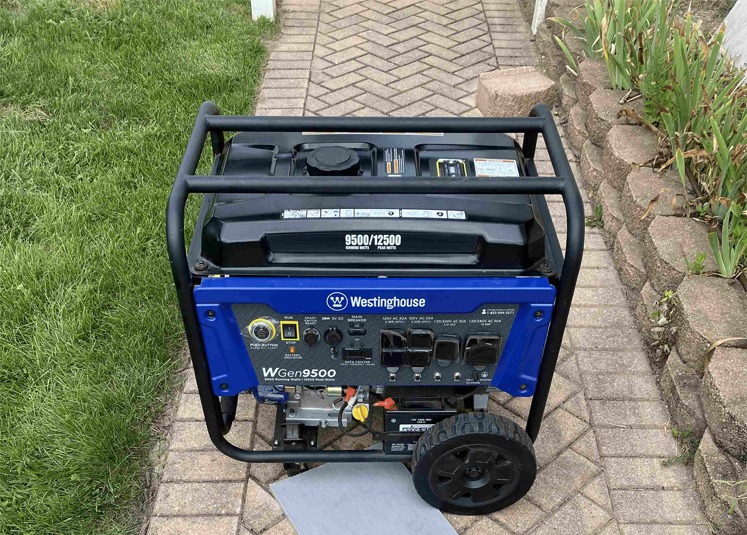
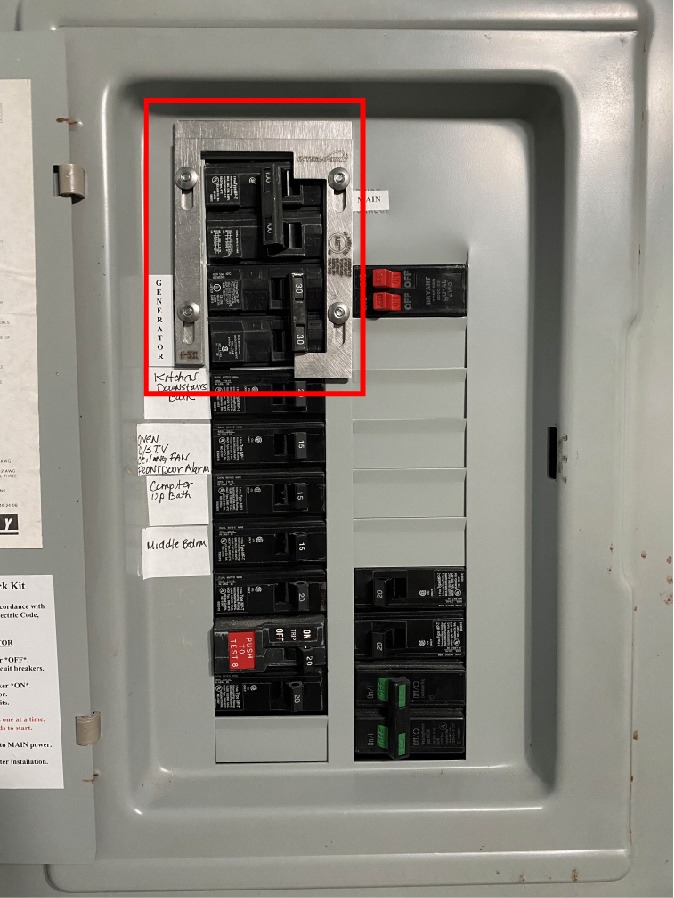

9. Solar (Photovoltaic) Systems:
A Photovoltaic system on a home consists of solar panels that convert solar energy into DC current. The DC current is then converted via inverters to AC current (usable electricity) and then fed in to your home or battery bank depending on the installation type. These systems are designed as a renewable source of energy and to ultimately save the end user money that would otherwise go to the utility company. Since the inception of solar panels, there has been much improvement. Beware of the leasing type programs out there. If you are compelled to go with one of these, I highly suggest you consult a contract attorney before signing anything.
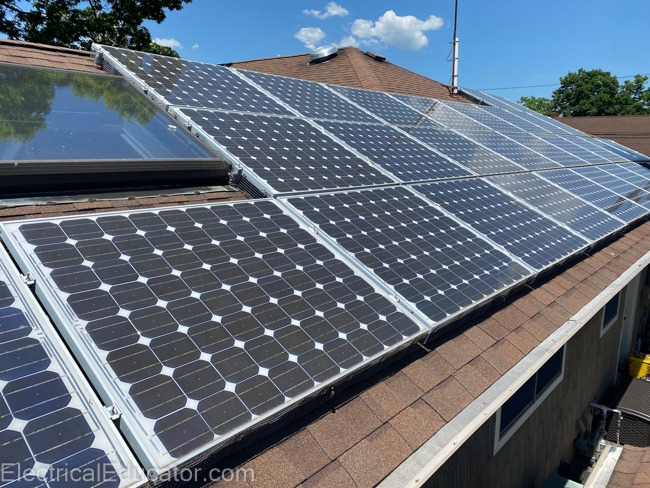

10. Disconnects & Other Large Equipment
Larger loads in a home where you may see an external disconnect outside or even a separate panel include spas, pool equipment, and HVAC (air conditioning) equipment. These disconnects are an NEC requirement for safety. Some HVAC companies and pool companies will turn them off in the winter when equipment is winterized.
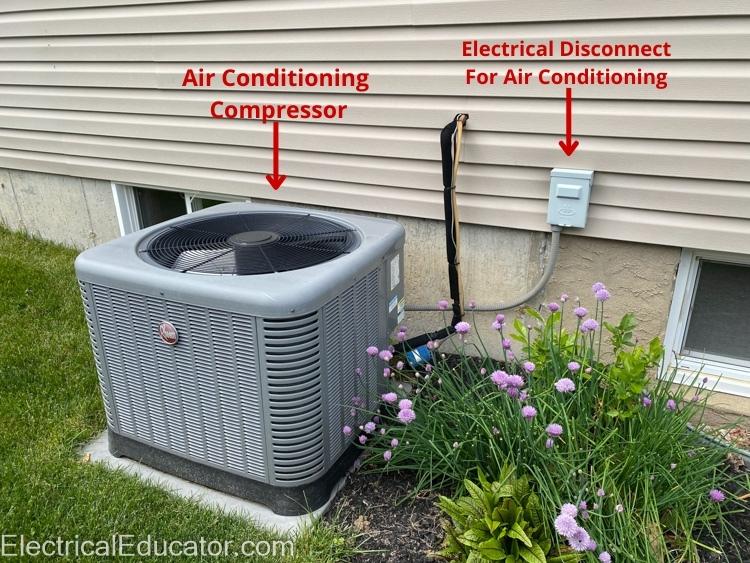
Electrical Disconnect: Code required as a point of disconnecting power for service.

11. Pool Equipment
This throws people for a loop but it’s pretty simple. I’ll post a link here soon to a full length article I’m publishing for new pool owners.
- Pool Panel or Timer: The pool panel acts as the hub for the wiring of the other pool equipment. The circuits for the pump, heater, lights, and accessories come from the pool panel. Smaller pools with no heater may have only a timer.
- Filter pump: That circulates the water in the pool. It does not matter if you have an above ground or in ground pool, you will always have a pump that circulates the water. It is commonly called a “Filter Pump” because it circulates the water and sends it through the filter.
- Filter(Not an electrical component):Today there are cartridge filters and DE filters. “DE” filters are filled with a powder called Dematiaceous Earth (hence the name) and need to be backwashed to clean.
- Heater: There are two types of heaters: Electric heaters (called heat pumps but don’t be confused!) operate similar to an air conditioner by pulling warm air from the surroundings and concentrating it in to the water flowing through it. Gas heaters use a flame generated by natural gas or propane to heat the water. Both need an electrical connection for operation however a heat pump uses much more ampacity than a gas heater.
- Salt Generator: A salt generator consists of a module and a cell. The cell is plumbed in to the pool piping and the cell is electrically connected to power. The salt generator breaks the bonds in salt (NaCL) to produce chlorine to sanitize a pool. They eliminate the need for adding chlorine to pools because they regulate the chlorine content.
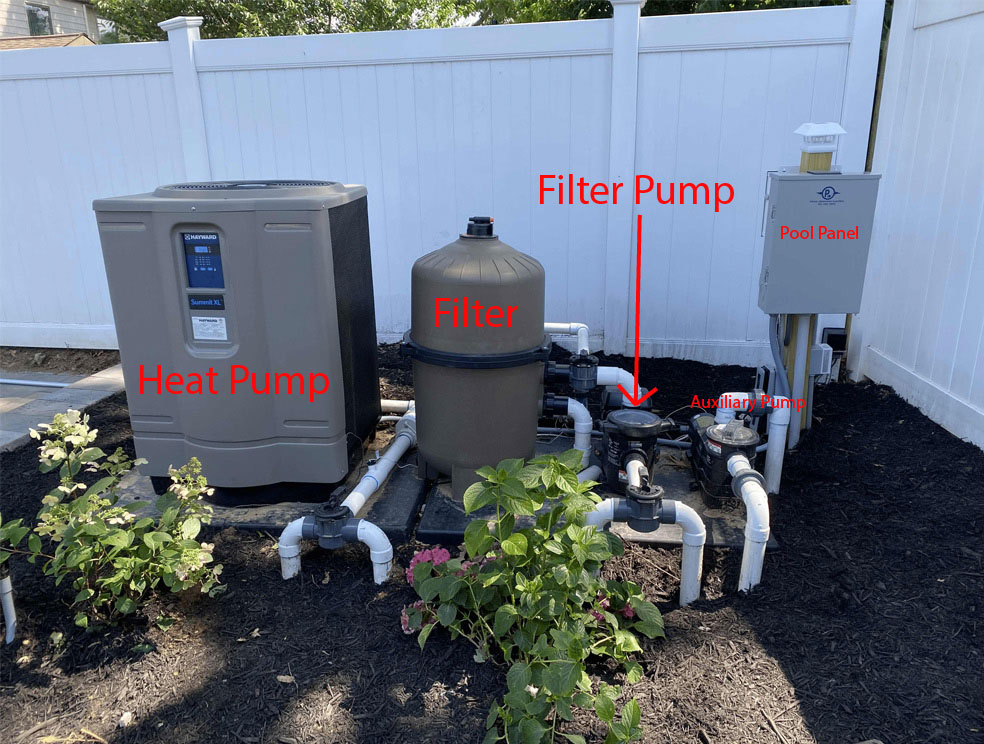
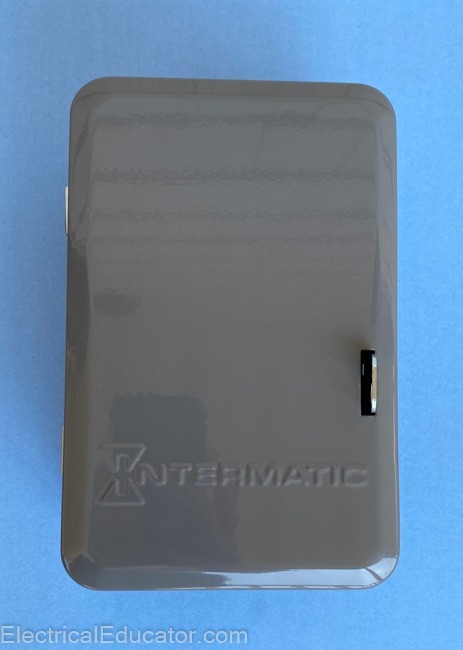
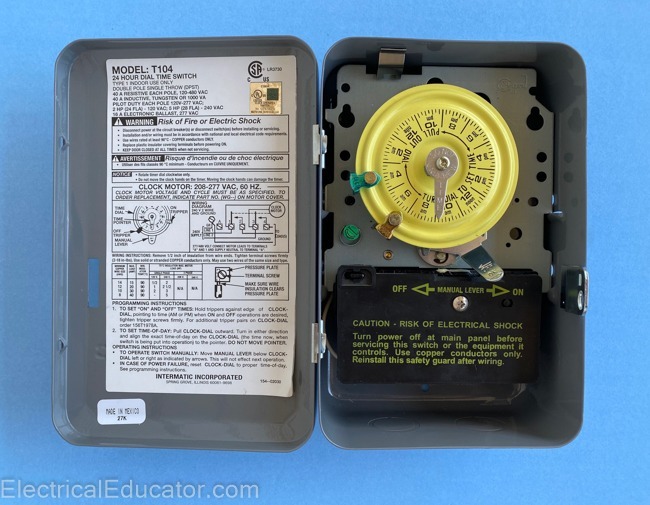
12. Miscellaneous Others
Here are a few other items common around the home that you should be aware of:
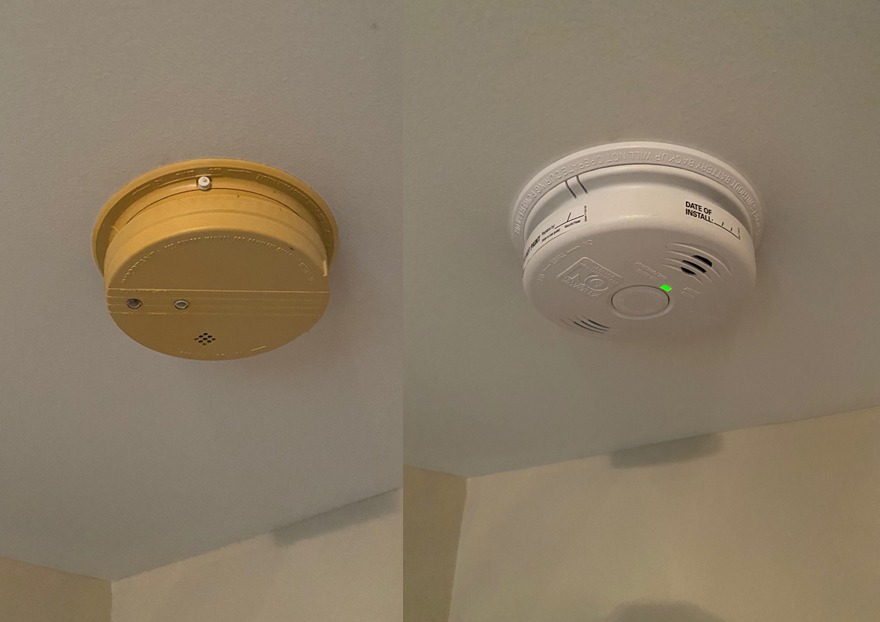
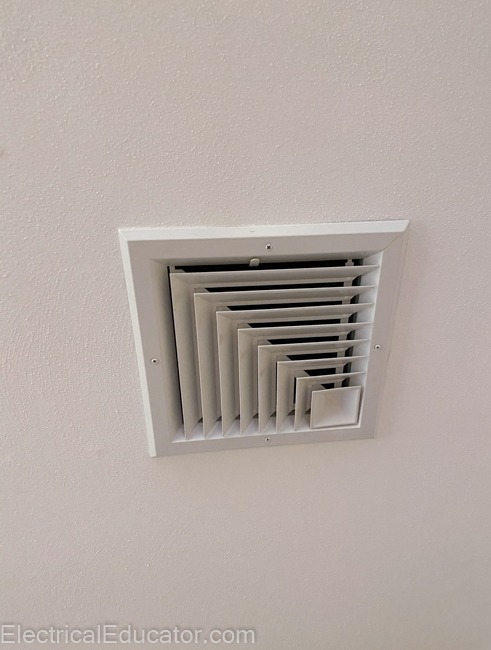

Nothing electrical here.
Conclusion
There you have the most common electrical equipment and devices encountered in a typical residence. Don’t hesitate to contact us with any questions or items you would like to see on here. If you’re looking for a great electrician near you, please see our National Electrical Registry to save time and headache!

